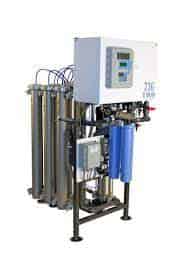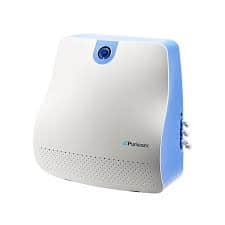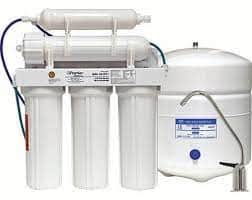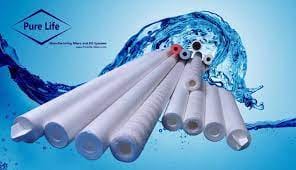Centralized RO System
Buy on whatsappDescription
Content
1. Understanding Reverse Osmosis
Reverse osmosis is a water purification process that uses a semi-permeable membrane to remove contaminants from water. In a centralized RO system, water from a source such as a municipal supply or a well is fed into the system. The water is then pressurized and forced through the membrane, effectively removing impurities, chemicals, and particles. The purified water is collected in a storage tank, ready for use.
2. Advantages of a Centralized RO System
A centralized RO system offers numerous benefits:
2.1 Improved Water Quality
By utilizing reverse osmosis, a centralized system can significantly improve the quality of water. It effectively removes impurities, such as heavy metals, chlorine, pesticides, and bacteria, ensuring cleaner and safer drinking water.
2.2 Cost-Effective Solution
Compared to purchasing individual water filtration units for each tap or faucet, a centralized RO system is a cost-effective solution for large households or commercial establishments. It provides clean water throughout the entire building, eliminating the need for multiple filtration units.
2.3 Convenience and Accessibility
With a centralized RO system, clean drinking water is readily available from any faucet or tap connected to the system. This eliminates the need for separate filters or bottled water, saving time and effort.
2.4 Environmental Friendliness
Using a centralized RO system reduces the consumption of bottled water, which helps to minimize plastic waste and lower the carbon footprint. It is a sustainable solution for both residential and commercial water needs.
3. Installation and Maintenance
Installing a centralized RO system requires professional expertise. The system includes a pre-filter to remove sediment and a post-filter to enhance taste and remove any remaining impurities. Regular maintenance, such as filter replacements and membrane cleaning, is necessary to ensure optimal performance and longevity of the system.
4. Considerations and Limitations
Before installing a centralized RO system, consider the following factors:
- Water Pressure: RO systems require a certain level of water pressure to operate effectively. Ensure that your water supply meets the necessary requirements.
- Waste Water: The process of reverse osmosis generates wastewater as a byproduct. Proper disposal or recycling methods should be implemented to minimize environmental impact.
- Mineral Content: RO systems remove minerals from water along with impurities. If your water supply is already low in mineral content, additional mineralization might be required for optimal taste and health benefits.
5. Conclusion
A centralized RO system is an excellent choice for households and businesses seeking to improve water quality. By harnessing the power of reverse osmosis, this system provides clean, safe, and accessible drinking water throughout the entire building. Consider the advantages, installation requirements, and maintenance needs to make an informed decision about implementing a centralized RO system.
Remember, a professional assessment of your specific water quality and requirements is crucial before investing in a centralized RO system.





